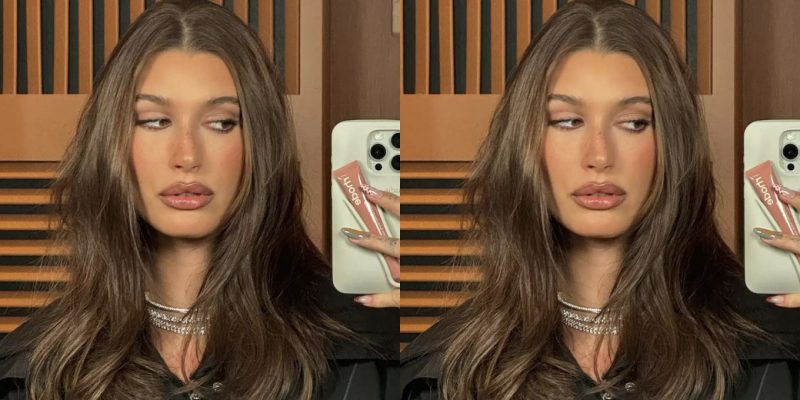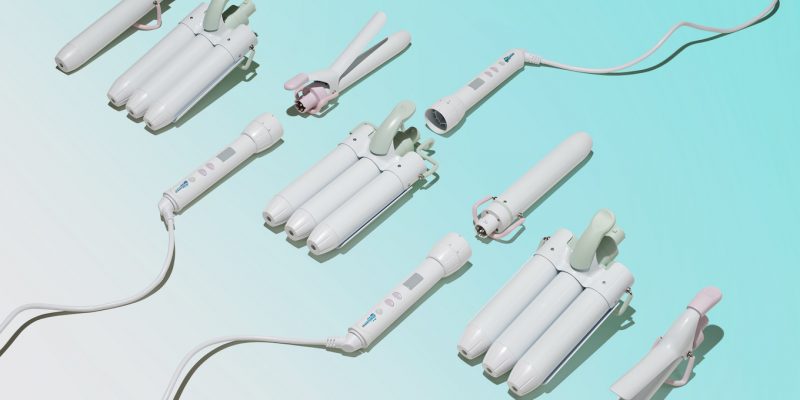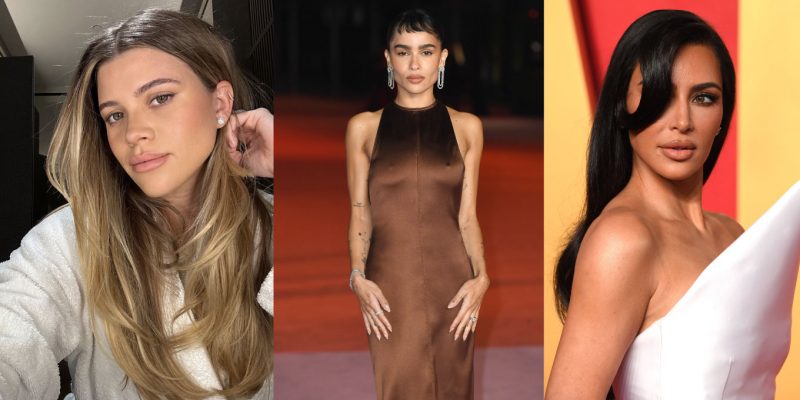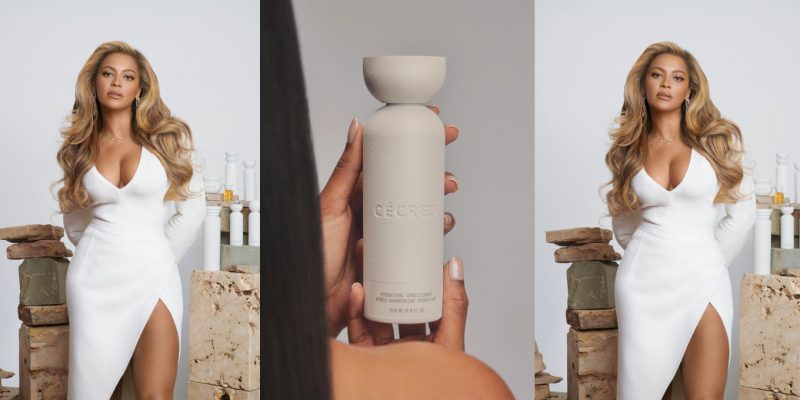Hair
Healthy hair care secrets: Are hair oils worth the hype?
Are you searching for the best hair product for your dehydrated mane? The right hair oil can help bring your tresses back to life.
by : Anya Georgijevic- Dec 9th, 2011
Whether it’s smooth waves at Chloe, polished ponytails at Temperley London, or silky hair at Alexander Wang, exceptionally shiny and healthy hair is coveted all year long and was an undeniable trend on the Spring 2012 runways. To explore the easiest way to get our hair to radiate health and shine, we look into the latest beauty product trend in hairstyling: hair oils. For beauty expert intel, we consulted with Chris Funk, the coveted hairstylist at Beautymark (beautymark.ca) in Vancouver, to learn how we can utilize hair oils to achieve brilliant hair inside and out.
1. Why the hype?
Following the success of Moroccanoil (perhaps the most buzz-worthy hair product of the past few years), today almost every brand produces its own version of hair oil. While hair oils have been around for millenniums — ancient Egyptians are thought to have used it to get healthy hair — they have recently made their way onto our bathroom counters. These oils have evolved since the days of leave-in hot oil capsules, which barely contained any natural oils, and left us with limp, dirty looking manes. The new generation of hair oils are formulated with nutritious and exotic oils like argan, ojon, macadamia and pequi. Their job is to strengthen hair, restore its lustre,
tame frizz, as well as protect it against the everyday wear and tear of styling, and against extreme weather conditions.
2. What you should know about Argan oils
The product that popularized hair oil is Moroccanoil Oil Treatment. Its hero ingredient is argan oil, derived from the kernels of Moroccan argan trees and known for its vitamin E and essential fatty acids. These key ingredients make our hair soft and silky from inside out. Funk advises that those with finer and/or blonde hair might want to opt for the line’s lighter formula Moroccanoil Oil Light Treatment, since the original formula tends to weigh fine hair down and even slightly tinge it due to its darker hue. Another notable argan oil hair product is Orofluido’s Original Argan Oil Beauty Elixir. Both of these formulas contain silicone, which help to dissolve the thickness of the oil’s natural state and make it easier to work with. But if you are looking for a silicone-free product, you might prefer Live Clean Exotic Nectar Argan Oil treatment, or even John Masters Organics 100% Argan Oil, which is indeed pure oil.
More healthy hair tips on beating damaged hair, split ends and frizz.
Not convinced about using this hair product? More reasons you should use hair oils to get healthy hair on the next page…

3. What you should know about nut-based oils
There are several nut oils that make up the non-argan hair oil contingent. The premise is the same: they are all rich in vitamin E and essential fatty acids, nourishing and conditioning the hair. Ojon Damage Reverse Instant Restorative Hair Serum is the newest product on the market, and the only one featuring ojon oil, which comes from the nut of the Amazonian palm. Another Amazonian export is pequi oil, extracted from the pequi fruit nut. The leading pequi oil product is Colour Couture Pequi Oil Treatment (a favourite of celebrities like Gwyneth Paltrow), which is one of a few clear oil products, ideal for extremely
light coloured hair. Perhaps the sweetest smelling hair oil is macadamia oil, used as the base for Macadamia Natural Oil Hair Care Healing Oil Treatment. Like argan products, most of these are formulated with other components, like other oils and silicones, and it’s nearly impossible to find a 100% version of the nut oils.
4. Hair oils as conditioners and shine enhancers
The most significant difference between hair oils and other conditioning products is that oils are able to penetrate deeper into the cortex of each strand, working from the inside out, rather than trying to condition hair from the surface. According to Funk, oils are best used following your regular shampoo and conditioner routine. The amount of oil application depends on the type of hair — those with fine hair should use less — although Funk advises that, as a general rule, one should use no more than a pea-sized amount. Work the oil through damp hair, starting at about three inches away from the roots and paying special attention to the ends (particularly if you have split ends), then blow-dry for the ultimate healthy, glossy mane. Occasionally, hair oils can be used in lieu of traditional hair masks as a quick or overnight treatment.
The best oils for your hair type on the next page…

5. Hair oils as styling aids
If you are using high heat styling products, “oil acts as an excellent heat protectant, protecting your hair from over-drying,” says Funk. When used with other styling products, he suggests that “it would be the first thing you apply, and then you put your mousse, hairspray and such.” Using high-heat styling devices in combination with oil results in an unrivaled shine. In case your hair needs a finishing touch, you can dab a teeny tiny bit of oil to de-frizz unruly spots.
6. Which hair oil best suits your hair type?
Since both argan hair oil and most nut-based hair oils originate from parts of the world where people tend to have thicker, (or coarse, curly hair) hair oils will perform best on those hair types. However, some lighter formulas (like the aforementioned Moroccanoil) are specifically designed with finer hair in mind. If unsure, Funk’s advice is to start with the tiniest amount, and concentrate it on the ends where hair is most damaged. Gradually add more to figure out how much your hair needs. Hair oils are the ideal companions for colour-treated hair, which tends to get dehydrated due to frequent exposure to harsh chemicals like peroxide. But, in general, hair oils would make a welcome, and easy, addition to your hair care routine.
Read more:
The best celebrity hair styles
Hair tips: Winter-proof your hair
Celebrity beauty: Curly hair
Newsletter
Join our mailing list for the latest and biggest in fashion trends, beauty, culture and celebrity.
Read Next

Fashion
H&M's Latest Designer Collab With Rokh Just Dropped (And It's So Good)
We chatted with the emerging designer about the collaboration, his favourite pieces and more.
by : Melissa Fejtek- Apr 18th, 2024

Culture
5 Toronto Restaurants to Celebrate Mother’s Day
Treat your mom right with a meal at any of these amazing restaurants.
by : Rebecca Gao- Apr 18th, 2024

Culture
Discover Club Med’s Stunning Exclusive Collection
Vacation destinations that bring pure luxury and comfort.
by : ELLE Canada- Apr 8th, 2024




